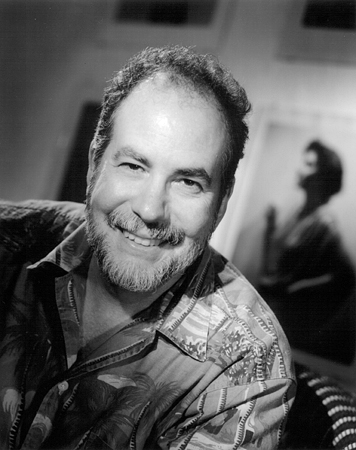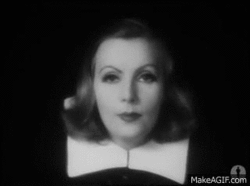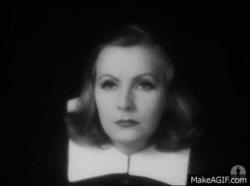Introduction
In January 2014, the Academie Archive released an excerpt of a 9-minute costume and lightning test from Garbo’s Queen Christina. The tests were preserved by the Academy of Motion Picture Arts and Sciences. The full 9-minute’s version has yet to be released.
We are very proud that Mark A. Vieira (author of Greta Garbo: A Cinematic Legacy) shared his statement about the tests and the preservation with us.
Mark A. Vieira

While writing Greta Garbo: A Cinematic Legacy (Abrams, 2005), I did intensive research into the making of Rouben Mamoulian’s Queen Christina (1933 – M-G-M). I was especially interested in the effects achieved by cinematographer William H. Daniels, A.S.C. I did not, however, see the costume and lighting tests he shot under Mr. Mamoulian’s supervision before the film went into production. I’d heard about them in 1974 when Mr. Mamoulian visited a class at the University of Southern California Cinema Department.


“We tried every kind of lighting scheme on Miss Garbo,” said Mr. Mamoulian, “even lighting her from below, but we couldn’t make her look bad.” He said that he owned a copy of the tests, but he didn’t share them with us. Some years later, after he died, there was a rumor that the film had succumbed to nitrate decomposition. Happily for us, this is not true.
Seeing the tests that have been preserved by the Academy of Motion Picture Arts and Sciences has been an educational experience for me. I’m an expert in Hollywood lighting. The tests gave me new insights into both the skill of William Daniels and the personality of Greta Garbo. Here are my observations.


At first Garbo seems ill at ease, smiling nervously and unsure of what to do with her hands when the full-length shots are being made. Perhaps she, like many actors, is uncomfortable being photographed as herself or before she has worked out a characterization to go with the costume. We see her talking to the camera crew, possibly to steady her nerves.

The series of closeups that follow are fascinating because the lighting effects being tested by Mr. Daniels are seen nowhere in the finished film. We see edge lighting coming from low angles, and the main light (the “key light”) is much lower and closer in front than Daniels ever used it on any Garbo film. (He was cinematographer on nineteen of her twenty-five American films). There’s one closeup test that has a diagonal shadow across Garbo’s face. This prefigures the effect that Ernest Haller innovated for closeups of Joan Crawford in Mildred Pierce (1945 – Warner Bros.). Crawford insisted on this forehead shadow for the rest of her career.

Of great interest in these closeup tests is Garbo’s “performance.” She gets over her awkwardness and uses a series of subtle expressions to convey attitudes, and even moods. At one point she lowers her eyelids and looks into the camera, recalling the sexy persona that made her a star eight years earlier, but which was not seen since her late silent films. It’s certainly not seen in Queen Christina.


The most noteworthy aspect of these tests is that Garbo is looking into the camera. Except for a brief shot in Jacques Feyder’s The Kiss (1929 – M-G-M), we never see Garbo looking directly at us from the screen. It’s surprising, a little intimidating, and ultimately hypnotic.
The Academy of Motion Picture Arts and Sciences is to be commended for preserving and making available this valuable footnote to film history.
